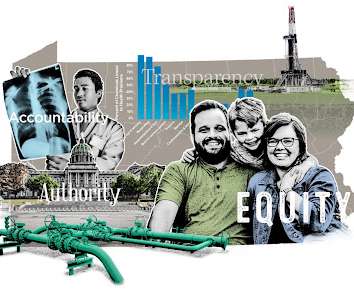Stronger Fuel Economy Standards Are Needed to Clean Up Combustion Vehicles
Union of Concerned Scientists
OCTOBER 4, 2023
Shortly thereafter, the Supreme Court ruled that EPA had the authority to regulate carbon dioxide emissions from passenger cars and trucks under Massachusetts v. EPA , and Congress finalized the Energy Independence and Security Act of 2007 , requiring increasing fuel economy standards.














Let's personalize your content